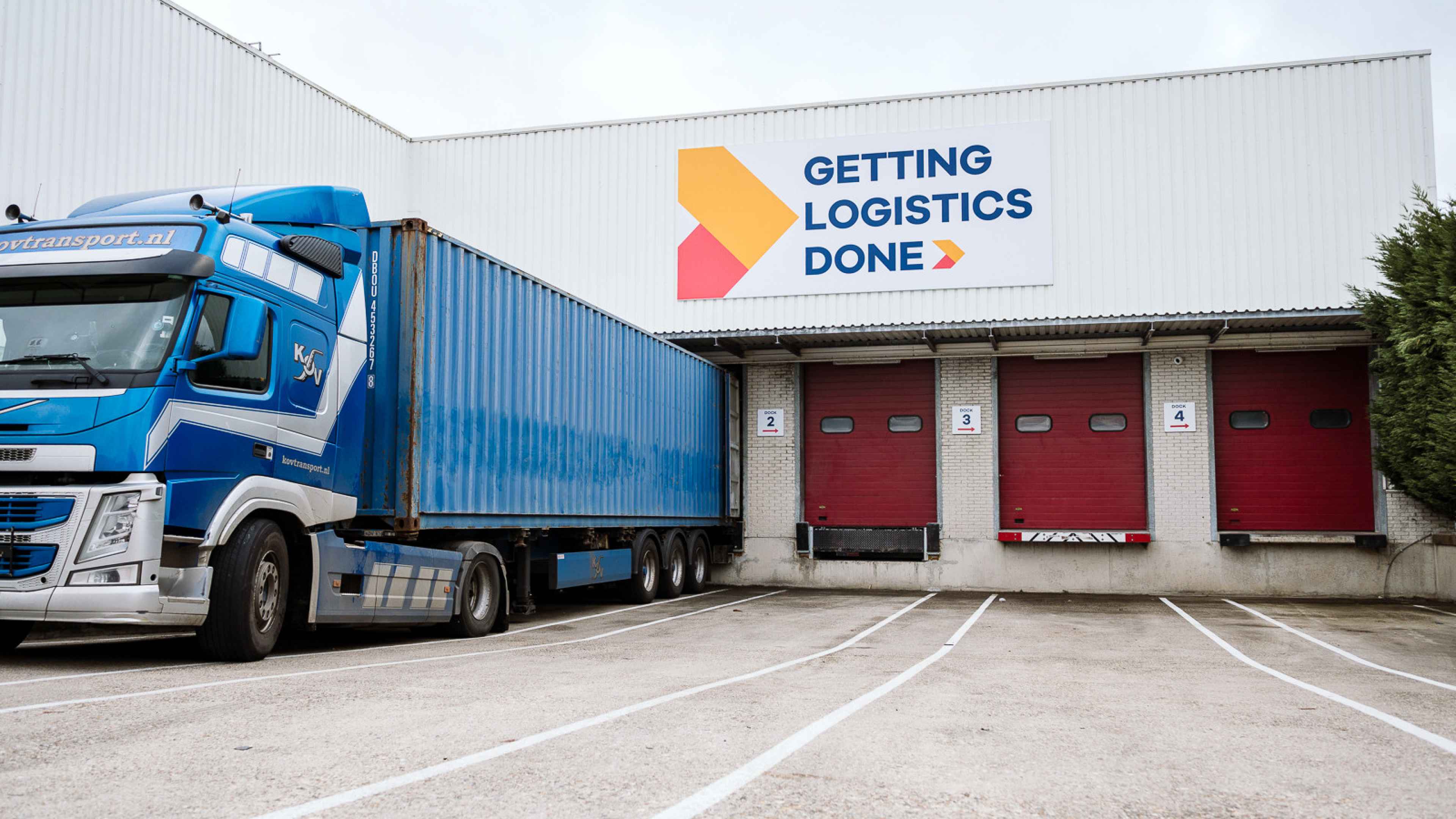
Cross-docking and Warehousing Explained
In the ever-evolving world of logistics and supply chain management, one strategy has been making waves and transforming the way goods are handled and distributed - cross docking. Discover how this logistics innovation can transform your supply chain operations and revolutionize your warehouse management.
What is cross docking?
Cross docking is a logistics technique where incoming goods from suppliers are directly transferred to outbound vehicles with minimal or no storage time in between. It eliminates the need for traditional warehousing and involves rapid sorting and cross referencing of incoming and outgoing shipments.
Cross-docking warehouses become particularly valuable in these situations where speed and efficiency in the supply chain are essential. They are commonly used in industries with fast-moving goods, such as retail, e-commerce, and perishable goods transport.
It enhances supply chain efficiency, reduces handling costs, minimizes inventory storage, and accelerates product distribution, making it an essential strategy for streamlining logistics operations and improving overall speed and cost-effectiveness in the transportation and distribution industry.
Cross Docking Types
This logistics strategy can be categorized into two main groups based on its timing in the distribution process.
Pre-distribution Cross docking
Products are processed and transferred at a Cross-Docking Warehouse before they are sent to their final destinations. It encompasses various types, such as:
- Flow through cross docking: involves the sorting and organization of products based on predetermined criteria, such as destination or product type, before they are loaded onto trucks.
- Consolidation cross docking: combines multiple smaller shipments from various suppliers into larger, more efficient shipments destined for the same or similar locations.
- Deconsolidation cross docking: breaks down larger inbound shipments into smaller units or individual orders for further distribution.
- Retail cross docking: products are prepared and sorted at a cross docking warehouse to ensure timely restocking of inventory at retail stores.
- Manufacturing cross docking: involves delivering components and materials to a manufacturing facility just in time for production, reducing the need for on-site storage and minimizing production delays.
Post distribution Cross docking
In this group, cross-docking activities take place after the first distribution has occurred. It is particularly valuable in industries where demand can be unpredictable or where a high level of agility in the supply chain is essential to maintain service levels and minimize costs.
Benefits of cross docking
Here are some detailed benefits of implementing cross-docking in logistics services
- Reduced Costs and Savings.
Cross docking leads to significant cost savings in terms of reduced warehousing, labour, transportation, and carrying costs. This enhances your company's competitiveness and profitability.
- Enhanced Supply Chain Efficiency.
With cross docking you adapt to changing market conditions, customer demands, and unforeseen disruptions more effectively. This results to overall supply chain efficiency and resilience for your company.
- Optimized transportation.
By consolidating shipments or breaking down larger ones, cross-docking maximizes the use of transportation resources.
- Reduced Inventory Holding Costs.
Since products spend minimal or no time in storage, companies save on warehousing expenses, including rent, labour, and utilities. This leads to improved cash flow as capital is not tied up in stagnant inventory.
In conclusion, cross-docking warehousing represents a dynamic and efficient logistics strategy that transforms your supply chain operations. To harness the full potential of cross-docking, companies must strike a balance between risk mitigation and optimization, continually adapting to evolving market conditions and customer expectations.